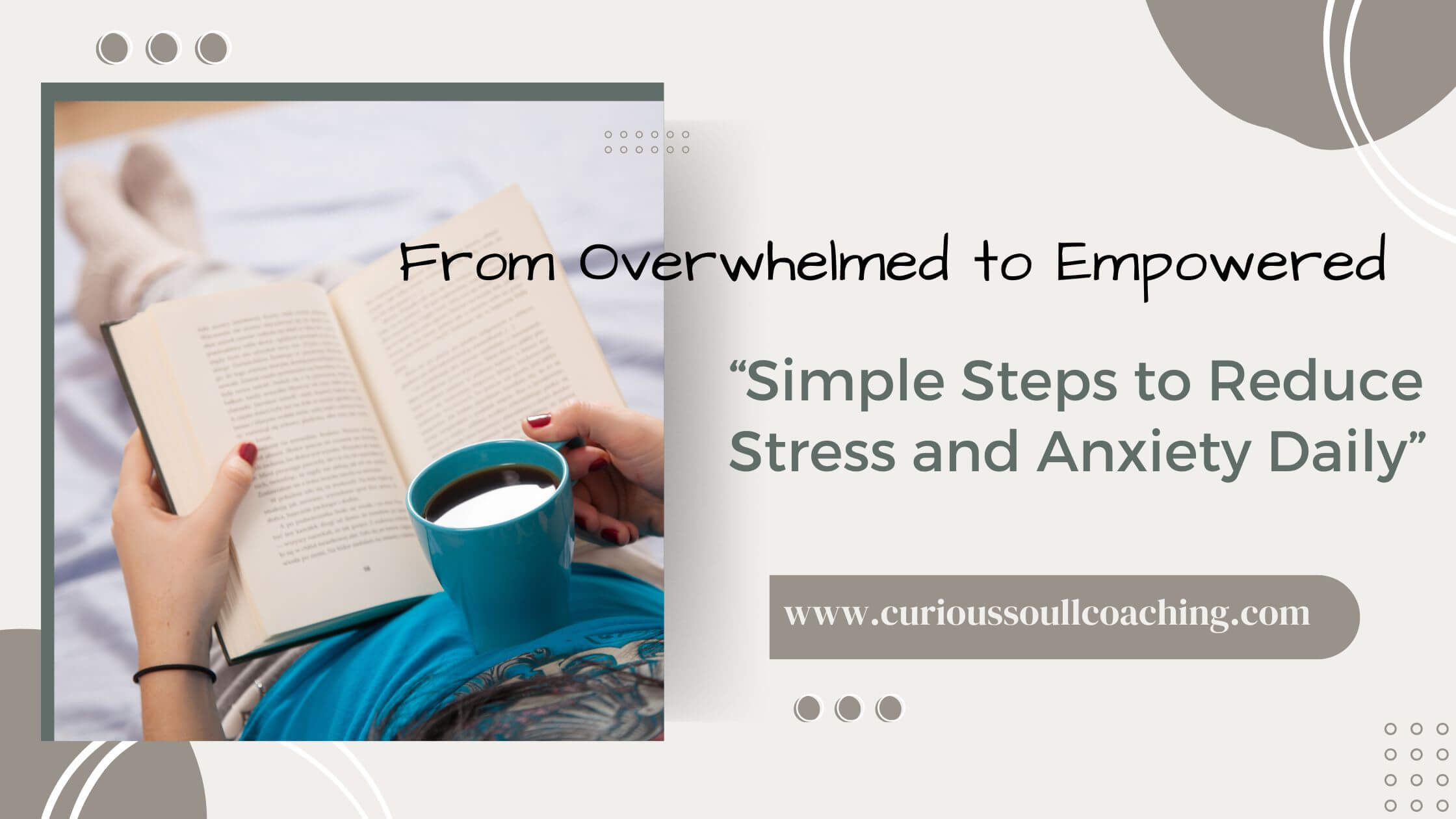
In today's fast-paced world, it's no surprise that many of us feel overwhelmed by stress and anxiety. These emotions can have a profound impact on our emotional, mental, and physical well-being, making it difficult to achieve the life we desire. However, by understanding the anxiety spiral and learning simple, actionable steps to break free from its grasp, we can transform our lives from a state of overwhelm to one of empowerment. As a mindset and thought coach, I've helped countless individuals take control of their wellness and reduce stress through practical strategies. In this blog post, we'll explore the anxiety spiral and provide you with the tools you need to overcome it daily.
Understanding the Anxiety Spiral
The anxiety spiral is a phenomenon where a single anxious thought can quickly escalate into a cycle of increasing worry and stress. It often begins with a triggering event or thought, which then leads to negative self-talk and catastrophic thinking. As our minds become consumed by these thoughts, our bodies respond with physical symptoms such as increased heart rate, shallow breathing, and muscle tension. These physical sensations, in turn, reinforce the anxious thoughts, creating a vicious cycle that can be difficult to break.
There are several factors that can contribute to the development and perpetuation of the anxiety spiral:
- Negative self-talk: The way we speak to ourselves can significantly impact our anxiety levels. When we engage in negative self-talk, we reinforce the anxious thoughts and make it more challenging to break free from the spiral.
- Catastrophic thinking: This type of thinking involves imagining the worst-case scenario and believing that it will inevitably come true. Catastrophic thinking can quickly escalate the anxiety spiral, as it fuels our fear and worry.
- Avoidance behaviors: When we feel anxious, our natural response is often to avoid the situations or thoughts that trigger our anxiety. While this may provide temporary relief, it ultimately reinforces the anxiety spiral by preventing us from confronting and overcoming our fears.
- Lack of self-care: Neglecting our emotional, mental, and physical well-being can contribute to the anxiety spiral. When we don't prioritize self-care, we're more vulnerable to stress and anxiety, making it harder to break free from the cycle.
Simple Steps to Reduce Stress and Anxiety Daily
Now that we understand the anxiety spiral, let's explore some simple, actionable steps you can take to reduce stress and anxiety on a daily basis:
- Practice mindfulness: Mindfulness involves being present in the moment and non-judgmentally observing your thoughts and feelings. By practicing mindfulness, you can break the cycle of negative self-talk and catastrophic thinking that fuels the anxiety spiral. Start with just a few minutes of mindful breathing each day, gradually increasing the duration as you become more comfortable with the practice.
- Challenge your thoughts: When you notice yourself engaging in negative self-talk or catastrophic thinking, take a moment to challenge those thoughts. Ask yourself, "Is this thought based on facts, or is it my anxiety talking?" By questioning your thoughts, you can begin to reframe them in a more balanced and realistic way.
- Engage in physical activity: Regular exercise has been shown to reduce stress and anxiety by releasing endorphins and promoting relaxation. Find an activity you enjoy, such as walking, yoga, or dancing, and make it a part of your daily routine.
- Prioritize self-care: Make self-care a non-negotiable part of your daily life. This can include activities such as taking a warm bath, reading a book, or spending time in nature. By prioritizing your emotional, mental, and physical well-being, you'll be better equipped to manage stress and anxiety.
- Practice gratitude: Cultivating a gratitude practice can help shift your focus away from anxious thoughts and towards the positive aspects of your life. Take a few minutes each day to write down three things you're grateful for, no matter how small they may seem.
- Connect with others: Social support is crucial for managing stress and anxiety. Make time to connect with friends, family, or a support group, and don't hesitate to reach out when you need a listening ear or a helping hand.
- Set boundaries: Learn to say no to things that drain your energy and prioritize activities that bring you joy and fulfillment. By setting healthy boundaries, you'll reduce the likelihood of feeling overwhelmed and anxious.
The anxiety spiral can be a challenging cycle to break, but by understanding its components and implementing simple, daily strategies, you can take control of your stress and anxiety. Remember, you have the power to transform your life from one of overwhelm to one of empowerment.
If you're ready to take the next step in your journey towards wellness, I invite you to schedule a free consultation with me. As a mindset and thought coach, I specialize in helping individuals like you reduce stress and achieve the life they desire through actionable steps. During our consultation, we'll discuss your unique challenges and create a personalized plan to help you break free from the anxiety spiral once and for all.
Don't let stress and anxiety hold you back any longer. , take the first step towards a more empowered life by scheduling your free Inquiry consult today. Together, we can transform your life and help you achieve the emotional, mental, and physical well-being you deserve.

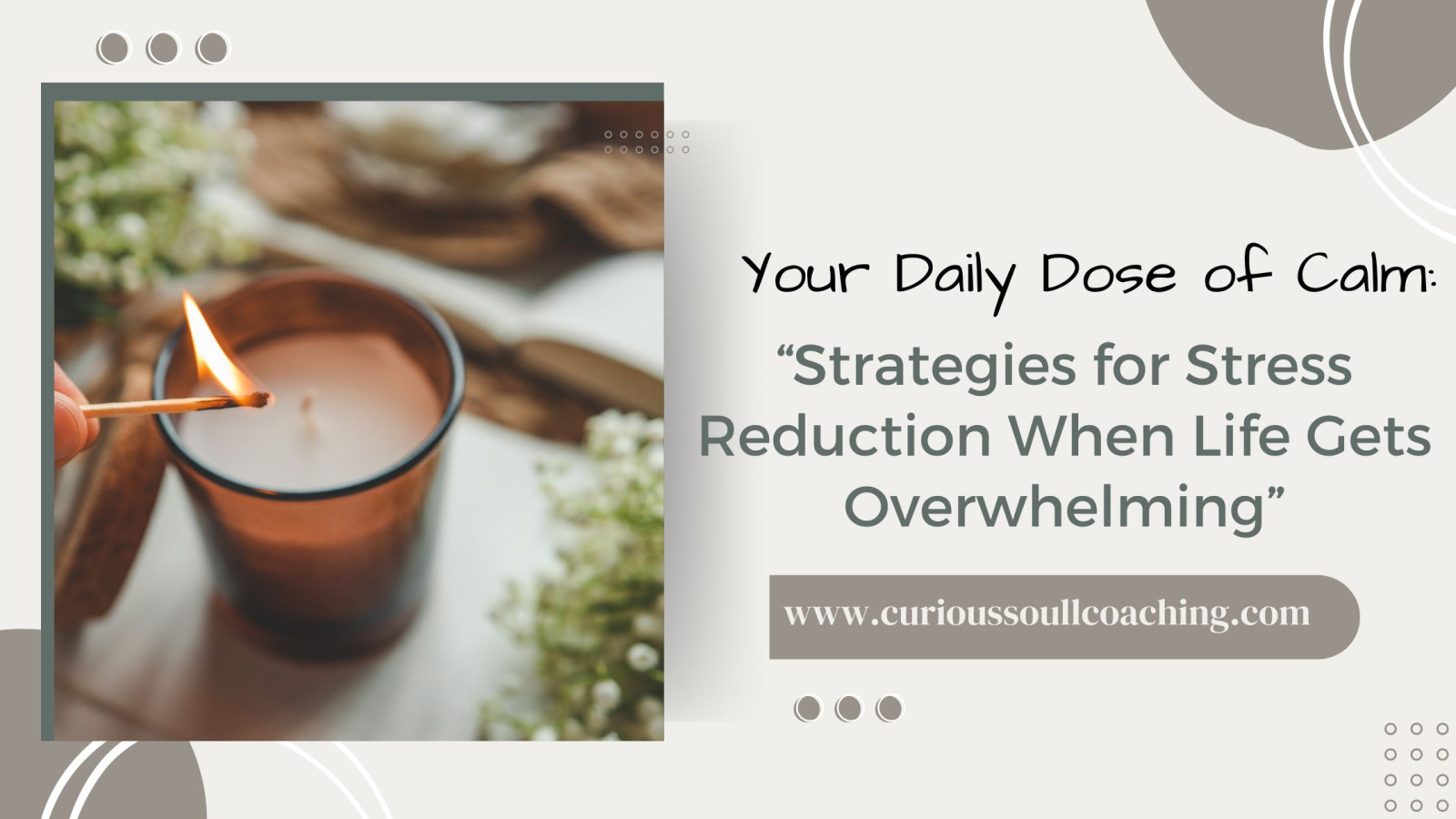
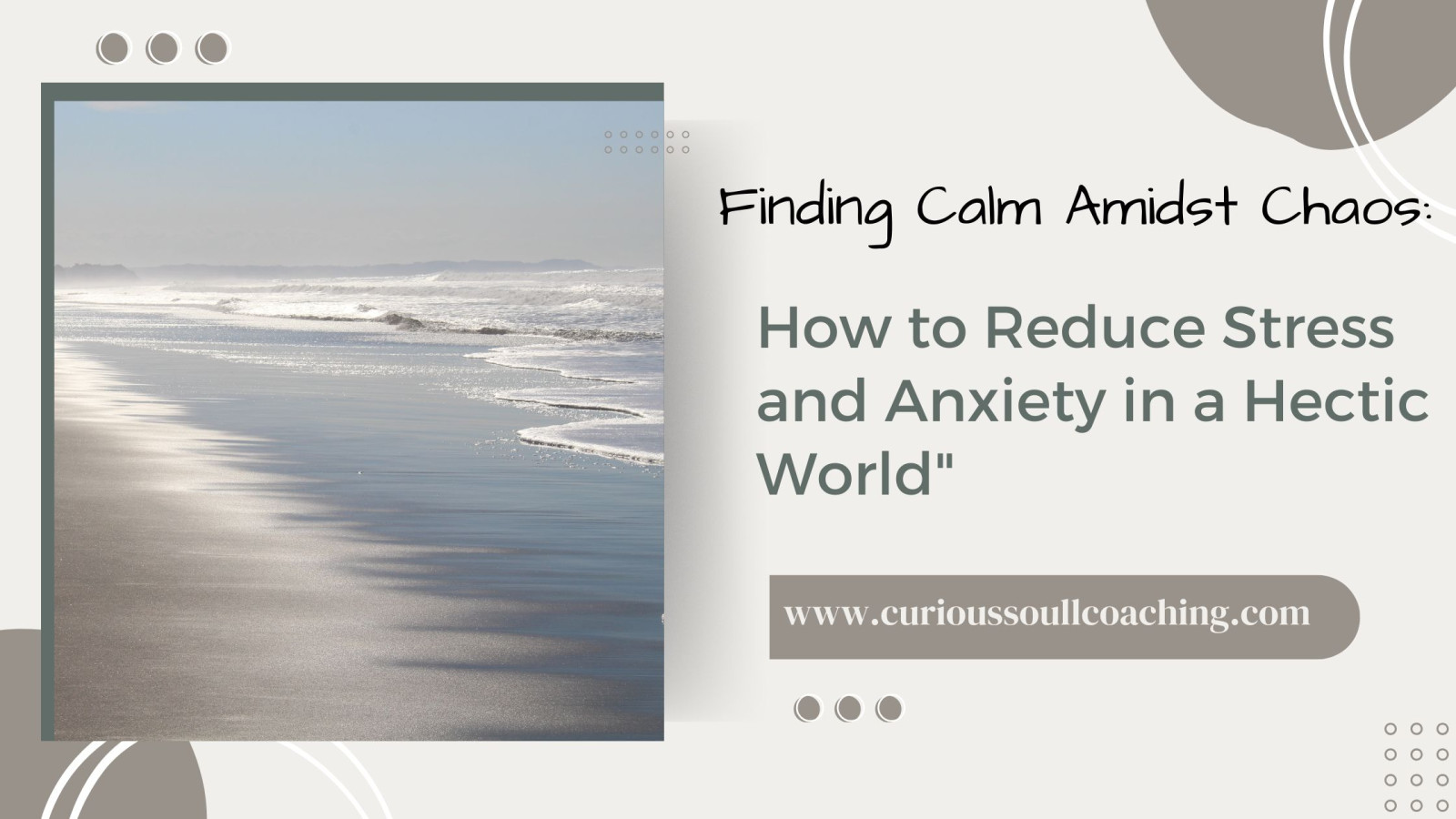

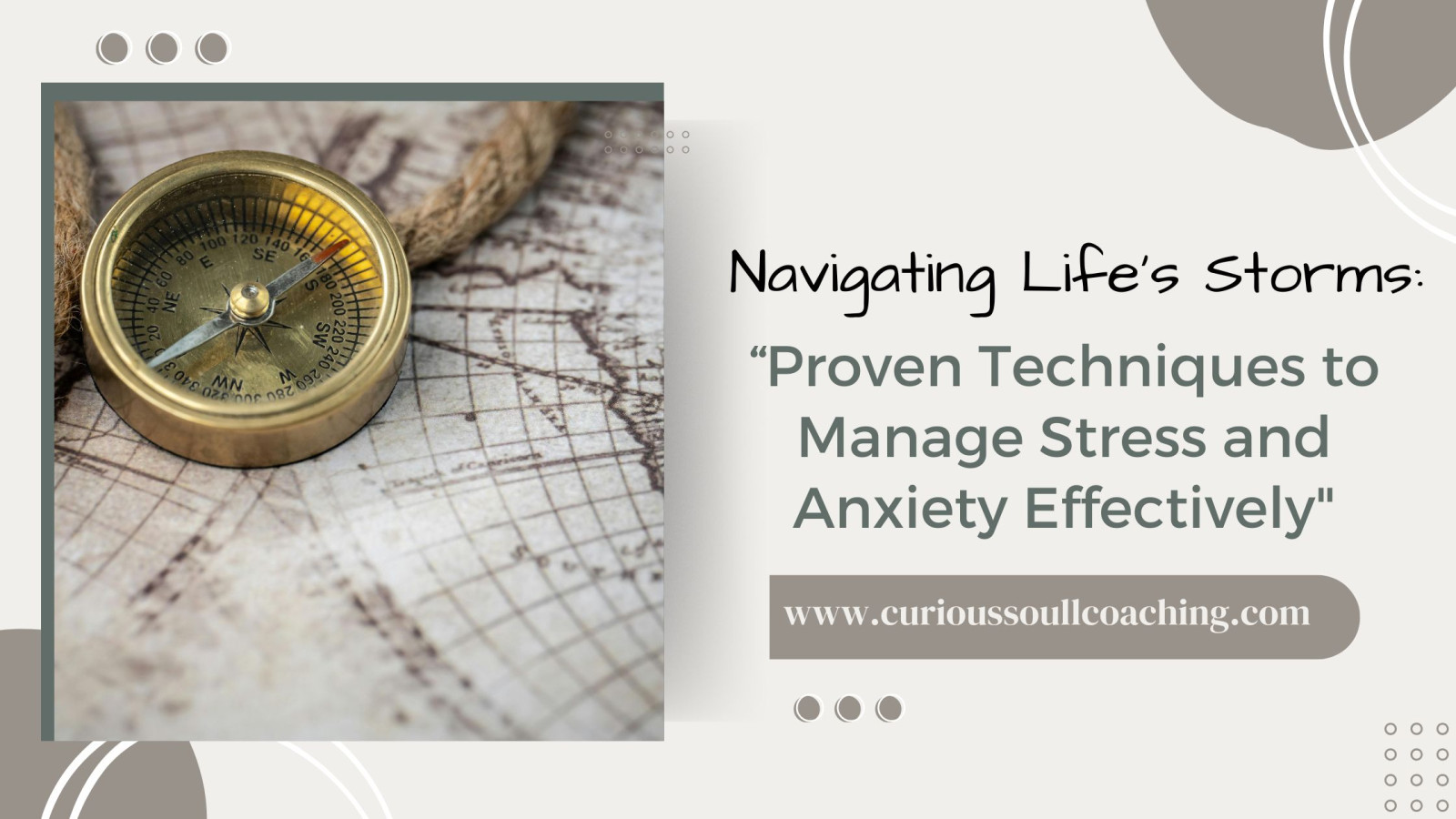
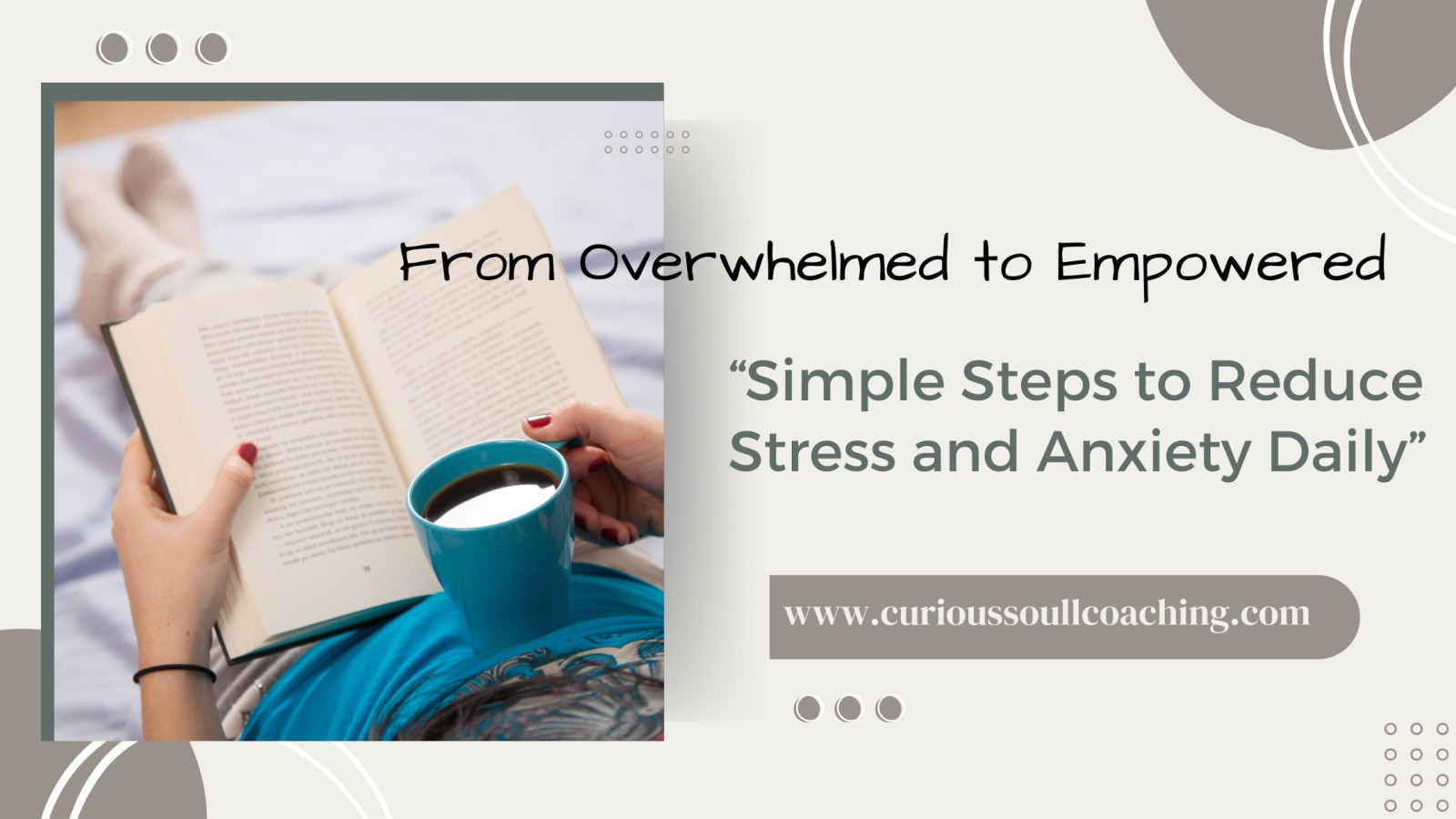
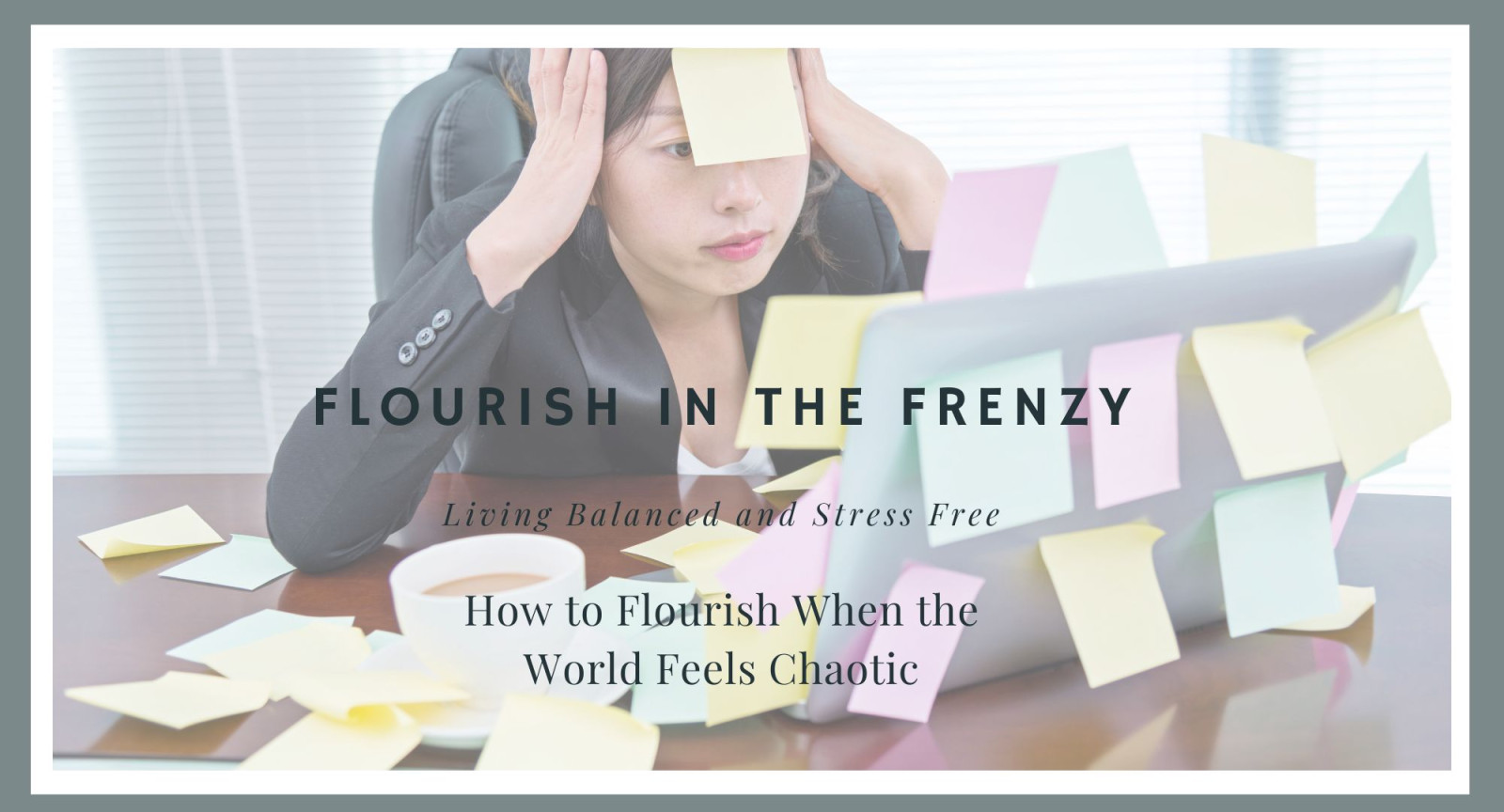
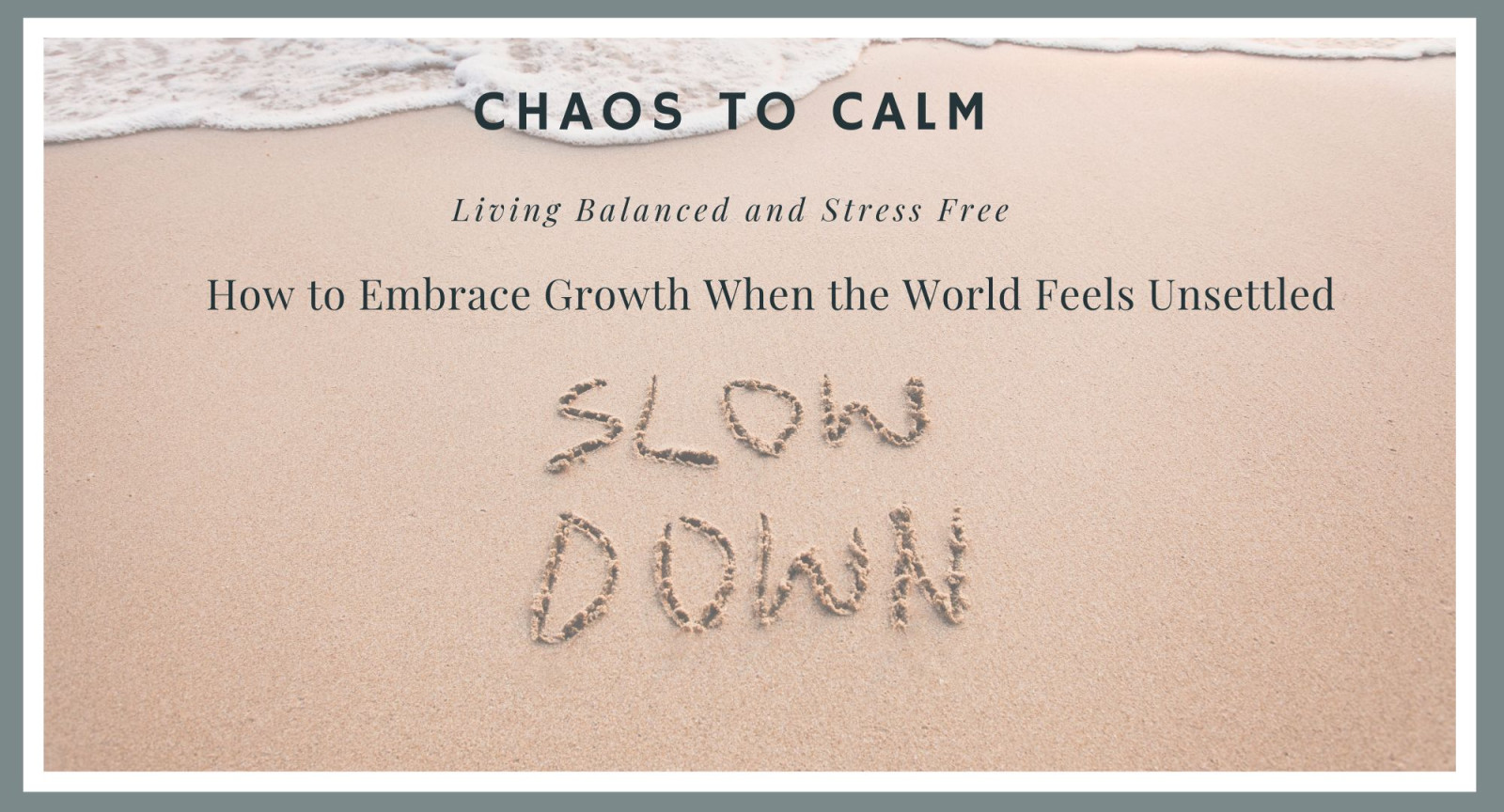
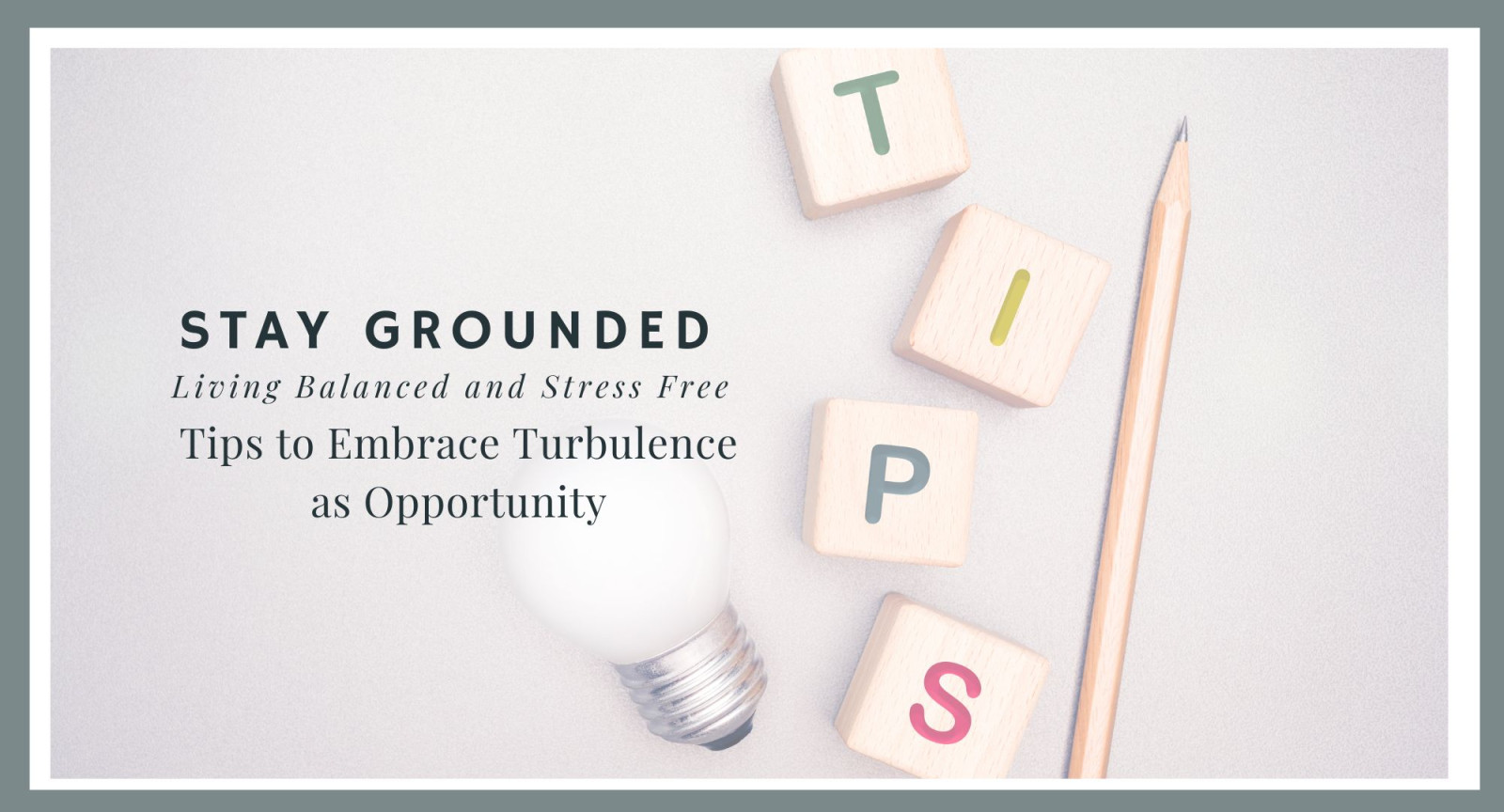

0 Comments